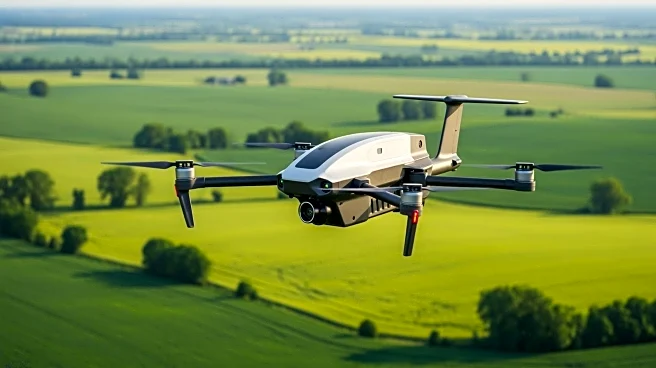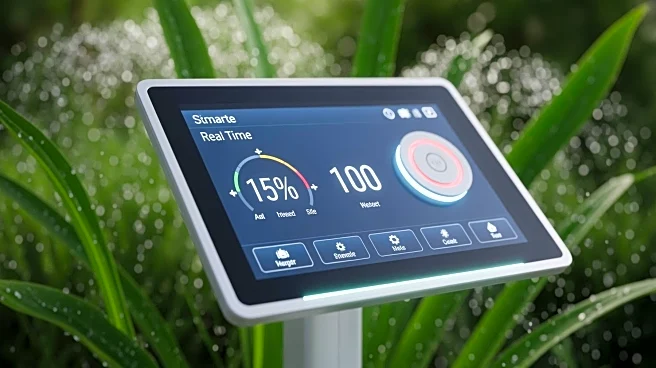What's Happening?
A recent USDA survey has highlighted a significant decline in the adoption of precision agriculture technologies across seven southern states, including Tennessee, North Carolina, and Alabama, between
2023 and 2025. This trend mirrors a 19 percent national drop in the use of such technologies. According to Devon Mills, Assistant Professor with Mississippi State Extension, the decline is attributed to producers pausing high-cost technology investments to cut expenses, despite an increase in online input purchases. The survey indicates a shift towards internet-based tools becoming central to daily operations, as farmers seek cost-effective solutions.
Why It's Important?
The decline in precision agriculture adoption could have significant implications for the agricultural sector, particularly in terms of efficiency and sustainability. Precision agriculture technologies are designed to optimize input use, reduce waste, and enhance productivity, which are crucial for sustainable farming practices. The shift away from these technologies may impact the ability of farmers to manage resources effectively, potentially leading to increased costs and environmental impacts. Additionally, the trend highlights the financial pressures faced by farmers, prompting a reevaluation of technology investments in favor of more immediate cost-saving measures.
What's Next?
As farmers continue to navigate financial constraints, there may be increased interest in alternative, cost-effective technologies that can offer similar benefits to precision agriculture. Stakeholders, including technology providers and agricultural extension services, may need to focus on developing and promoting affordable solutions that can bridge the gap. Additionally, there could be a push for policy interventions or subsidies to support the adoption of precision technologies, ensuring that farmers can maintain productivity and sustainability without incurring prohibitive costs.
Beyond the Headlines
The decline in precision agriculture adoption raises questions about the long-term sustainability of farming practices in the U.S. As environmental concerns grow, the need for efficient resource management becomes more pressing. The current trend may prompt a broader discussion on how to balance technological advancement with economic viability for farmers. Furthermore, the role of education and training in helping farmers understand and implement cost-effective technologies could become increasingly important.













